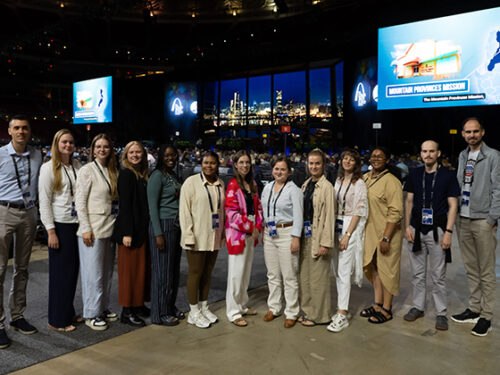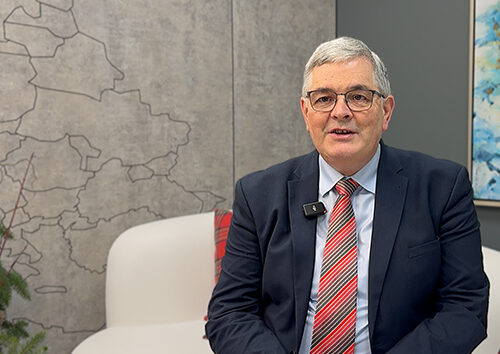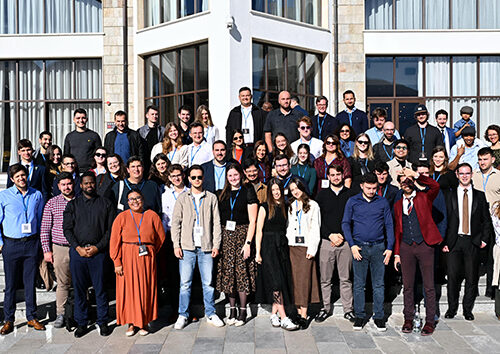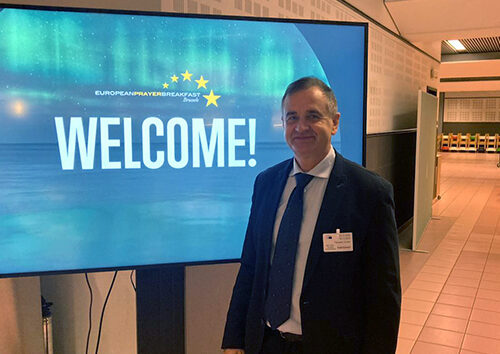12 July 2025 | St Louis, USA [Abigail Wright-Stephenson]
American politician Shirley Chisom said, “If they don’t give you a seat at the table, bring a folding chair.” I am among a small, but seemingly privileged, number given the rare opportunity to have a seat at the table, well, in this setting, I should say, have a seat on the floor.
Throughout the 62nd General Conference Session, I have scanned the audience, looked at the dining hall and attended the evening youth programme, and realised something which I deemed disappointing… There are a low number of delegates who, based on the age, voted in the church manual – would be considered young adults or senior young adults – despite the United Nations categorising youth as 15-24. Granted, what I identify as low may be a vast improvement on the figures from the 61st GC Session in 2022 or in fact, the 60th gathering in 2015.
Youth Representation
Sitting alongside fellow young delegates from across the Trans-European Division (TED), though our ethnic backgrounds and church structure engagement were richly diverse – spanning local churches, field offices, and executive committee membership – we held and continue to hold perspectives shaped by personal, professional, and often, deeply spiritual experiences. I found myself filled with both hope and concern. Hope: because the TED, with its 87 delegates, appeared to have made a conscious effort to involve 13 younger delegates. Concern: because when compared globally, the average age and representation still does not speak to a deliberate culture of succession, relevance, or sustainability in leadership. The efforts, while notable for our Division, feel somewhat ahead yet still miles behind when looking across the wider world.
Succession Planning is Biblical
There is often talk about “the youth being the church of tomorrow” and we hear remarks about passing the baton, yet too often the race is begun without a clear runner in place for the next leg. Succession planning is not merely a human resources term – it is a biblical principle. From Moses to Joshua, Elijah to Elisha, Paul to Timothy, Scripture reminds us that sustainability in leadership hinges on preparing those who will lead after those who are incumbent. The title of the TED’s initiative, Engaged in Mission, offers an opportunity not just for missional activity but for proactive legacy building. What if we deliberately cultivated future leaders who are spiritually grounded, culturally competent, and equipped to engage meaningfully in a complex post-Christian Europe?
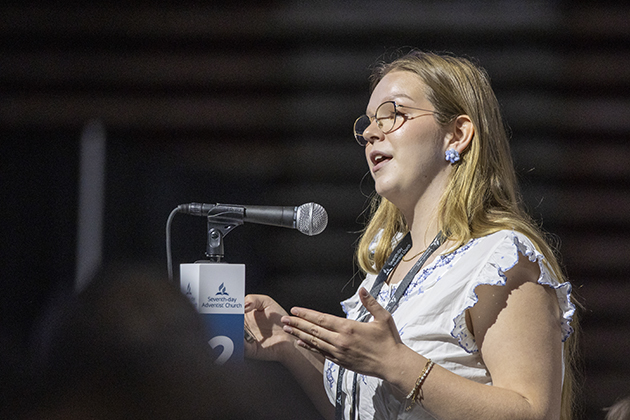
Are You Listening – Really Listening?
Directors within the Adventist system are also considered to be ‘advisors’ to the Officers on matters. But after sitting in one business session after another, I am moved to ask if youth directors are the advisors; are the perspectives of youth diluted and filtered when they are passed up to the Officers? Are leaders listening? And what happens when they have heard, how are leaders closing feedback loops and demonstrating that they have listened? Maybe the question at the centre of this is, ‘Do you value youth enough to make space for them as co-architects of the Church’s future?’
Youth Involvement – Beyond Aspirational!
We see that representation matters; with the composition of the delegate body from the 13 Divisions, the General Conference and its respective attached fields, the nominating committee, the church manual committee, and Division caucuses. However, consistent and intentional involvement of young leaders – beyond tokenism – should not be aspirational, but operational. Not separate but core to the faith community, its progress and presence until Jesus returns. The idea of youth engagement must move from the margins of discussion to the centre stage of informed decision-making. It is more than just having a youth delegate or two – it means injecting effort, energy, and care into environments where young people have influence, a voice, and real responsibility.
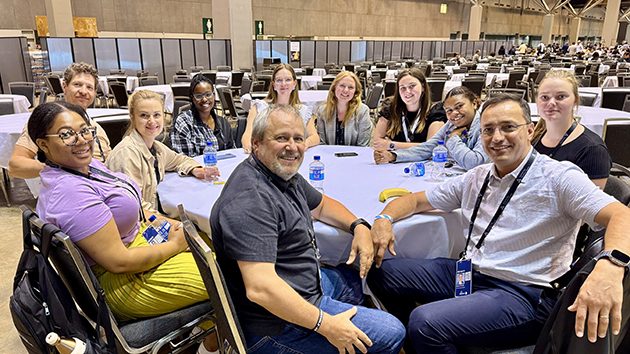
During our first youth lunch, Pastor Marcel Ghioalda, TED Youth & Public Ministries Director, emphasised, “Doing God and doing Church are two different things.” That distinction has sat with me this week. Many may want to assume that our current church structure mirrors God’s heart, but what if we are merely performing within a system that appears God-centred while failing to reflect the inclusivity, compassion, and teaching nature of Christ?
Visibility – the First Step
I would like to believe that it is not an accident that there are 10 young women present and engaged in this responsibility as TED delegates. I commend the TED for its strides in youth and women’s representation. The presence of young people at this Session from the TED region was visible and appreciated. Yet visibility is only the first step – impact is the true measure of engagement. So how do we relentlessly pursue impact?
If Engaged in Mission is to be more than a slogan in the forthcoming quinquennium, it must include a deliberate focus on leadership development and structured succession, one that reflects the vibrancy, imagination, and diversity of young people and senior youth in Europe today. It must not only call people to the mission but prepare them to lead it, to shape it, and to sustain it.
A Call for Authentic Engagement
Likewise, embracing the General Conference’s Total Member Involvement (TMI) initiative should not be seen as merely a programme at the local church level but as a cultural mindset: that every member, regardless of age, gender, or background, has something vital to contribute to the mission and ministry of the Seventh-day Adventist Church.
This Session has stirred something deep within me. A notable word, one voted for inclusion in the Adventist Youth Ministry mission statement, “authentic”. A call for authentic engagement, not just of action, but of heart. For if we are truly to “do God” and not simply “do Church”, we must move from symbolic inclusion to strategic integration and holistic discipleship.
You may ask, “Why?” The reason is because the future of the Church isn’t someday. The future of the church is at the door and administrative decisions at all levels contribute to whether we sit at the table, walk away from the door, or break the doors down to set up our own tables with our folding chairs.
[Featured image: some of the young delegates from the Trans-European Division (TED).
Photos: [Jimmy Botha and Tor Tjeranson] AME (CC BY 4.0) and Marcel Ghioalda
